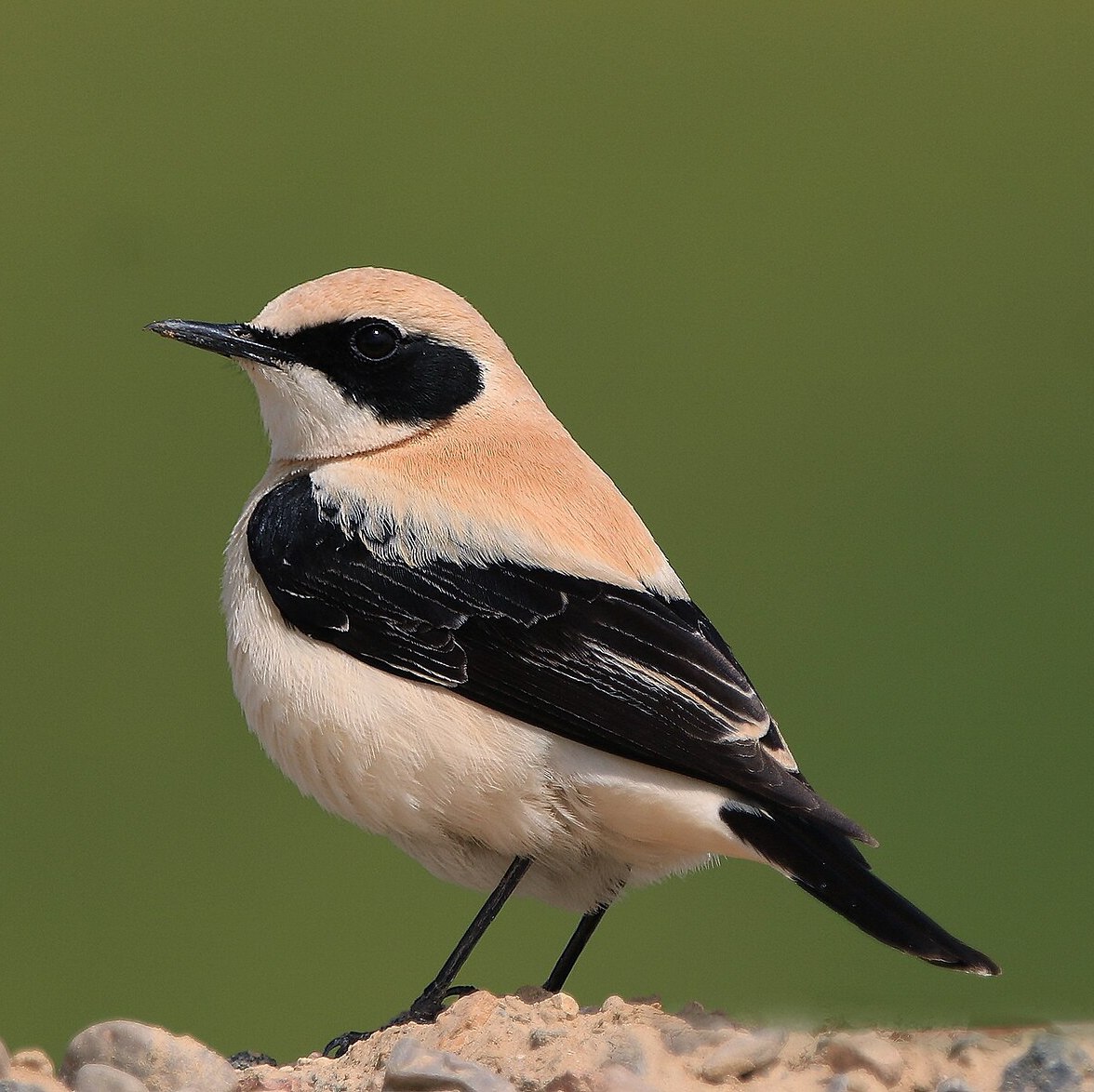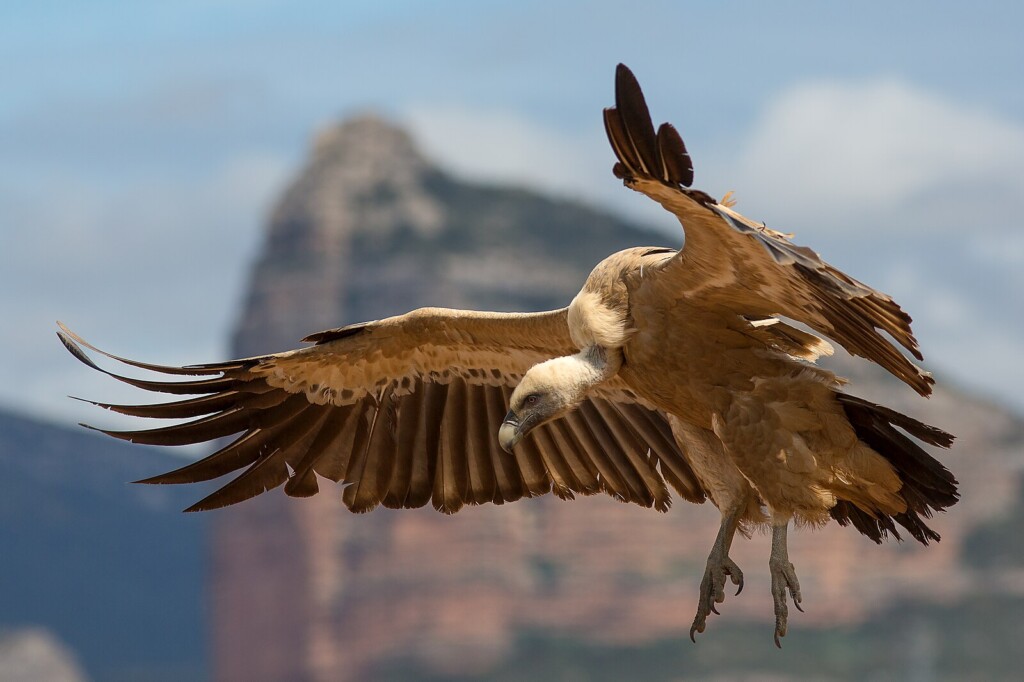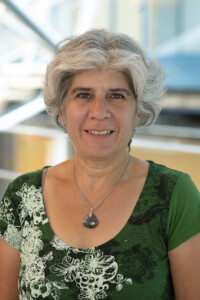
1 April 2025
-
3 April 2025
IN-PERSON (INTERNATIONAL)
UNIVERSITY OF NOTTINGHAM, UK
VENUE
Call for abstracts
The call for oral, poster and X (Twitter)-only abstracts is open. Please submit your abstract via the relevant link below.
No registration is required to deliver an X(Twitter)-only presentation or participate in the parallel X(Twitter) conference.
Submit your oral presentation abstract* here. Deadline: Mon 2 September 2024 (23:59 BST)
Submit your poster presentation abstract* here. Deadline: Mon 2 September 2024 (23:59 BST)
Submit your X(Twitter)-only presentation abstract here. Deadline: Mon 2 September 2024 (23:59 BST)
* Please note that all oral and poster presenters are asked to deliver a parallel presentation on X (Twitter), for which full guidelines and support are provided. See ‘Our parallel conference format’ below for details of the parallel X (Twitter) event.
Aims and scope
Ornithologists are increasingly making use of cutting-edge technologies and other novel approaches to stem the tide of avian extinctions and diversity loss caused by human impacts. With recent rapid technological advancements, increases in computational power, and improvements in wider accessibility, these new approaches could be game-changing for future conservation efforts. Alongside identifying the key threats to individual species, modern technologies and innovative approaches allow us to ask new questions and readdress old challenges, providing exciting insights into avian physiology, behaviour, and population dynamics. Now is the time to bring together researchers, conservationists, and policy makers working at the cutting edge of ornithological research and conservation to share their knowledge on how innovative technologies and novel approaches can help us find solutions to conserve birds in a changing world.

Alfred Newton Lecture

Judy Shamoun-Baranes
Judy Shamoun-Baranes is a Professor of Animal Movement Ecology and the head of the Department of Theoretical and Computational Ecology, Institute of Biodiversity and Ecosystem Dynamics (IBED) at the University of Amsterdam, the Netherlands. She attained a BSc in Biology and an MSc in Zoology from Tel Aviv University, Israel. After attaining a PhD in Zoology at Tel Aviv University in 2003, she relocated with her family to the University of Amsterdam. Judy leads interdisciplinary research on understanding how intrinsic and environmental factors influence bird movement at different scales in space and time and the consequences of movement strategies. Knowledge about avian movement is used to better understand human wildlife interactions and help develop solutions for wind energy development and aviation safety. Judy has worked closely with partners and stakeholders in meteorology, aviation safety, wind energy and governmental agencies. Her research integrates movement data collected using multi-sensor GPS tracking (www.uva-bits.nl) or radar measurements, environmental data and different modelling approaches. Her team often works on developing methodologies for movement research and she has been championing the development of a European network for radar monitoring of bird movement for many years and invests in the development of e-science infrastructure to support collaborative research.
Keynotes

Simon Gillings
British Trust for Ornithology, UK
Advances, opportunities and challenges in acoustic monitoring of birds
xxxxx
 Nishant Kumar
Nishant Kumar
University of Oxford, UK / Wildlife Institute of India
“Avian anthropologists” and cultural crossroads in lively cities
xxxxx
xxxxx
 Becki Lawson
Becki Lawson
Institute of Zoology, London, UK
Advances in wild bird disease surveillance within the One Health paradigm
xxxxx
xxxxx
 Benjamin Van Doren
Benjamin Van Doren
University of Illinois, USA
Bird migration in a changing world
xxxxx
xxxxx
 Andreanna Welch
Andreanna Welch
Durham University, UK
The impact of urbanisation on Blue Tit diet and reproductive success: insights from DNA metabarcoding
xxxxx
Parallel conference format
The BOU strives to make all our events inclusive and accessible. To help achieve this we now run all in-person and virtual Zoom conferences as dual platforms events with a Twitter conference running alongside the main in-person/virtual event.
Every presenter at an in-person/virtual now tweets a summary of their in-person/virtual presentation as part of the parallel Twitter event. We will also include additional Twitter-only presentations during the breaks of the in-person/virtual event.
Recent virtual Zoom events have attracted an ‘in-the-room’ audience up to 3x that of an in-person event. Parallel Twitter events are delivering a like-for-like ‘in-the-room’ audience of up to 12x the in-person audience (and a wider reach of up to 750,000).
Unlike other social media platforms, Twitter is genuinely open access as you don’t even need an account to follow the Twitter event content. The BOU knows Twitter inside out having championed its use to promote ornithological research for the last decade and we’ve been running and sponsoring Twitter conferences for some years. Because of this take-up within our community is very high – 75% of BOU2019 delegates were on Twitter!
Presenters are provided with extensive guidelines on how to tweet your presentation on Twitter, and you will be able to use either your personal or institute account. If neither of these are available, then we the BOU social media team will be on hand to discuss other options for you to present your work on Twitter.
See also Presenting at a Twitter conference
Scientific Programme Committee
Christine Howard | Durham University, UK & BOU Meetings Committee (Chair)
Ailidh Barnes | British Trust for Ornithology
Claire Buchan | University of East Anglia, UK
Oliver Leedham | UK Centre for Ecology & Hydrology
Marius Somveille | University College London, UK
Image credits
Bar-headed Geese | Imran Shah CC BY-SA 2.0 Wikimedia Commons
Western Black-eared Wheatear | mourad-harzallah CC BY 4.0 Wikimedia Commons
Griffon Vulture | Pierre Dalous CC BY-SA 3.0 Wikimedia Commons

